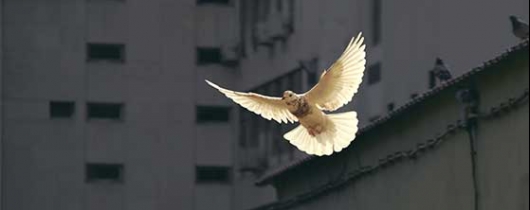Horror and Hope

The people of Rwanda are currently commemorating the 25th anniversary of the most horrific event in their history and one of the worst atrocities of the 20th Century: the inter-tribal violence and genocide that led to the deaths of some 800,000 people in 1994. Many of the events are being held at the places where people were slaughtered and at the sites of mass graves. Staring evil in the face can conjure many feelings, including sadness, fear and anger. It can also stir up the hope and resolve needed to ensure that the terrible sins of the past are never repeated.
When the people of Israel had to deal with the consequences of their complaints and infidelities against God, it was a bronze serpent mounted on a pole—a symbolic reminder of their sins and the horrors they endured—that became the sign of their salvation. When Jesus was lifted up on the cross—a ghastly and shameful form of capital punishment used to terrorize all who looked upon it—it became a sign of salvation for his disciples and all who would follow them.
In ten days we will celebrate Good Friday. We will hear the narrative of the passion and death of Jesus from the Gospel of John. We will venerate the cross. We will share communion but without celebrating the Eucharist. We will be called to look upon the one who was crucified for love of us and who drew all things—humanity and divinity, horror and hope, death and life—to himself.
On second thought, on Good Friday we will celebrate a kind of Eucharist—thanksgiving—but without the consecration of bread and wine. As we come forward to venerate the cross, we will do so not only in sorrow but also giving thanks for the one who gave his body and blood for us. –JC




